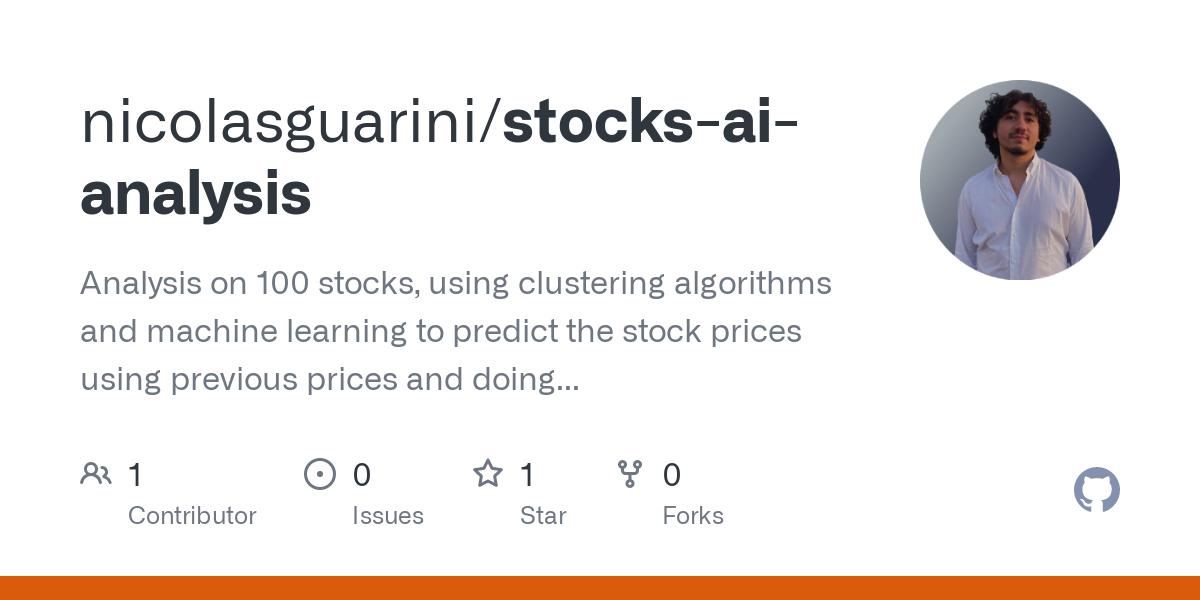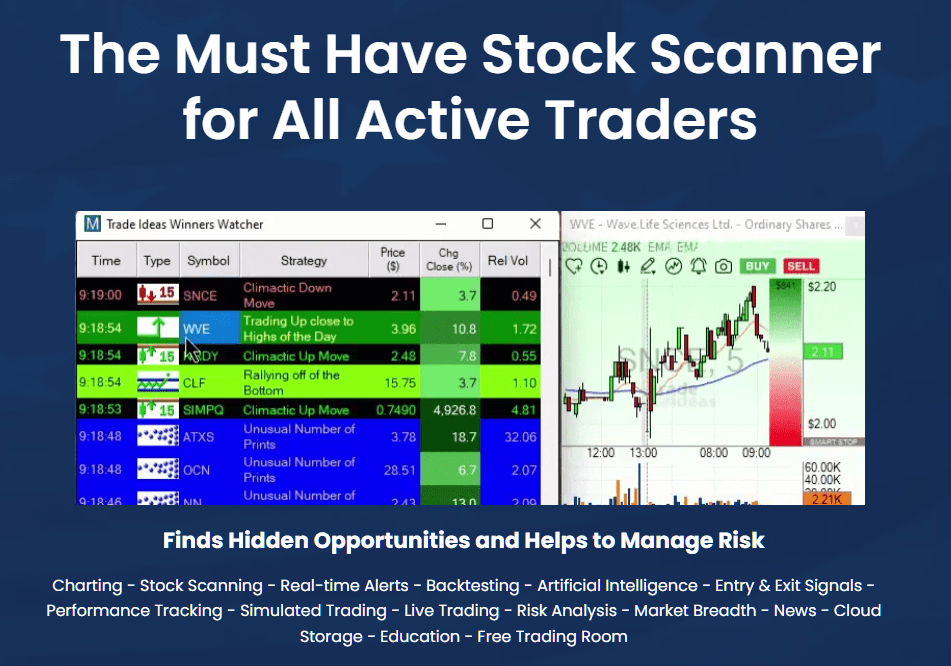AI stock trading platforms that forecast and analyze stocks based on AI must have compatibility with each other. A platform that integrates seamlessly with your existing tools and workflows will improve efficiency and efficiency. Here are 10 best suggestions to help you assess the compatibility and integration of these platforms.
1. Check Brokerage Integration
The supported brokers are listed below. Make sure that the platform is integrated with your brokerage or trading account.
Execution of trades: Make sure that the platform offers direct execution of trades through the broker that is integrated.
Account synchronization. Find out if the platform permits you to transfer balances between your accounts in real-time, as well as positions and transactions.
2. Assessment of API availability
API access - Make sure that the platform comes with an API to allow developers to develop customized tools or automate workflow processes.
API documentation: Check for examples of how the API is used.
Limitations on rate. Make sure that the API you're looking at has reasonable limits on rate and is able to handle your usage volume.
3. Integrating Third-Party Tools
Popular Tools: Ensure that the platform has integrations with other applications, like Google Sheets and Excel.
Import and export of data. Be sure the platform can easily export/import from or into any other software.
Plugins/extensions : Verify the platform is able to support plugins or extensions. These add functionality.
4. Test Compatibility with Operating Systems
Desktop compatibility: Make sure the software works with your preferred operating system (Windows, macOS, Linux).
Mobile compatibility. Find out if you can download the app on iOS or Android.
Web-based Access: Check if you are able to access the platform via a browser to increase flexibility.
5. Analyze Data Integration Capabilities
Data sources: Make sure that the platform can integrate diverse sources of data, like the market data providers, RSS feeds and social media sentiment.
Real-time data feeds: Check whether the platform allows real-time data integration, allowing for the most up-to-date analysis.
Check to see if your platform supports historical data importation for analysis or backtesting.
6. Check cloud and on-premise compatibility
Cloud-based Platforms: The platform should be available anywhere there is an internet connection.
On-premise Solutions: If you would prefer to deploy on-premises, make sure your platform is compatible.
Look into the hybrid model. It combines on-premise and cloud capabilities.
7. Verify Cross Platform Synchronization
Device sync. The platform must sync data and settings on every device, including desktop, mobile and tablet.
Verify real-time updates to see if any changes made by one device will reflect immediately to the other.
Offline Access: Examine for any restrictions on the capabilities of the platform or access to data if it's offline.
8. Check for compatibility between trading strategies.
Algorithmic trading - Ensure that the platform you choose allows automated or algorithmic trading strategies.
Custom indicators: Make sure that your platform allows indicators or scripts which are exclusive to you.
Backtesting strategies: Find out whether the platform can be used for backtesting trading strategies using historical information.
9. Examine Security and Compliance
Data encryption: Ensure that the platform is using encryption for data that is in stationary and while in transit.
Validation: Find out if the platform has security-grade authentication options, such as two-factor authentication.
Regulative compliance: Make sure that the platform is in compliance with relevant regulations.
10. Test Scalability and Performance
Scalability: The platform needs to be able accommodate growing user numbers and data volumes.
Performance under load - Check that the platform continues to perform in conditions of high market volatility.
Resources used - Ensure whether the platform is using the resources of the system, such as CPU, memory or bandwidth.
Bonus Tips
Feedback from users: Read user reviews and testimonials to gauge the capabilities of the platform to integrate.
Trial period: Try a free trial or demo to test the platform's integration with your current workflows and tools.
Customer support: Ensure that the platform has robust support in case of integration issues.
With these suggestions to evaluate the integration and compatibility of AI trading platforms that predict or analyze stocks, ensuring they work seamlessly with your current systems and increase your trading efficiency. Have a look at the best best stocks to buy now blog for site recommendations including using ai to trade stocks, best stock analysis app, stock market ai, ai copyright trading bot, best free copyright trading bot, best ai stocks to buy, ai for copyright trading, ai stock trading, best ai stocks to buy now, ai trader and more.

Top 10 Ways To Assess The Community And Social Features In Ai Stock-Predicting And Analyzing Platforms
To better understand the way that users interact, share and learn it is crucial to assess the social and community elements of AI-driven stock trading platforms. These features can significantly enhance the user experience as well as provide invaluable assistance. These are 10 top suggestions to assess the social and community elements of such platforms:
1. Active User Community
Find out if there is an active community of users that participates regularly in discussions and shares insights.
Why? A community that is active creates an environment that allows users to learn and grow by sharing their experiences.
2. Discussion forums and boards
Tips: Take a look at the level of engagement and the quality on discussion forums or a message board.
Why Forums are important: They allow users to ask questions, share strategies and share market trends.
3. Social Media Integration
Tip: Determine whether the platform you are using allows you to share insights and updates via social media platforms, like Twitter or LinkedIn.
Why: Integration of social media can improve engagement and provide current market information in real time.
4. User-generated Content
Look for tools that let you create and share information such as blogs, articles or trading strategies.
The reason: User-generated content encourages collaboration and provides different perspectives.
5. Expert Contributions
Tip: Make sure the platform features contributions from experts in their field for example, AI or market analysts.
Why: Experts' insights give credibility and depth to discussions in the community.
6. Real-time chat and messaging
Tips: Ensure that you are able to instantly communicate with users by taking a look at the live chat and messaging options.
Real-time interaction allows quick exchange of information and collaboration.
7. Community Moderation and Support
TIP: Examine the degree of moderation and support offered by the community.
The reason: Moderation is essential to ensure a positive and peaceful and respectful environment. Support is available to help users resolve their issues as quickly as they can.
8. Events and Webinars
Tip - Check to see if the platform offers live Q&A sessions with experts, webinars and other events.
What's the point? These events provide an excellent opportunity to gain knowledge about the industry and have direct contact with professionals.
9. User Reviews
Tips: Be on the lookout for features which let users provide feedback or opinions about the platform and its features.
The reason: Feedback from users can help determine strengths and areas for improvement within the ecosystem.
10. Gamification and Rewards
TIP: Check whether the platform includes gamification elements (e.g. badges, leaderboards) or rewards for active participation.
Gamification can encourage users to become more involved in the community and platform.
Bonus Tip on Privacy and Security
You must ensure that privacy and security features for social and community functions are strong enough to guard the privacy of data and user interaction.
If you take the time to thoroughly review these aspects and evaluating these aspects, you can decide if you think the AI software for stock predictions and trading has a supportive and engaging community that can enhance your trading experience and knowledge. See the top chart ai for trading for blog examples including ai trading bots, best ai for stock trading, ai coin price prediction, ai stock, chart ai trading, trading with ai, ai trading bot, investing ai, ai investing app, ai stock predictions and more.
